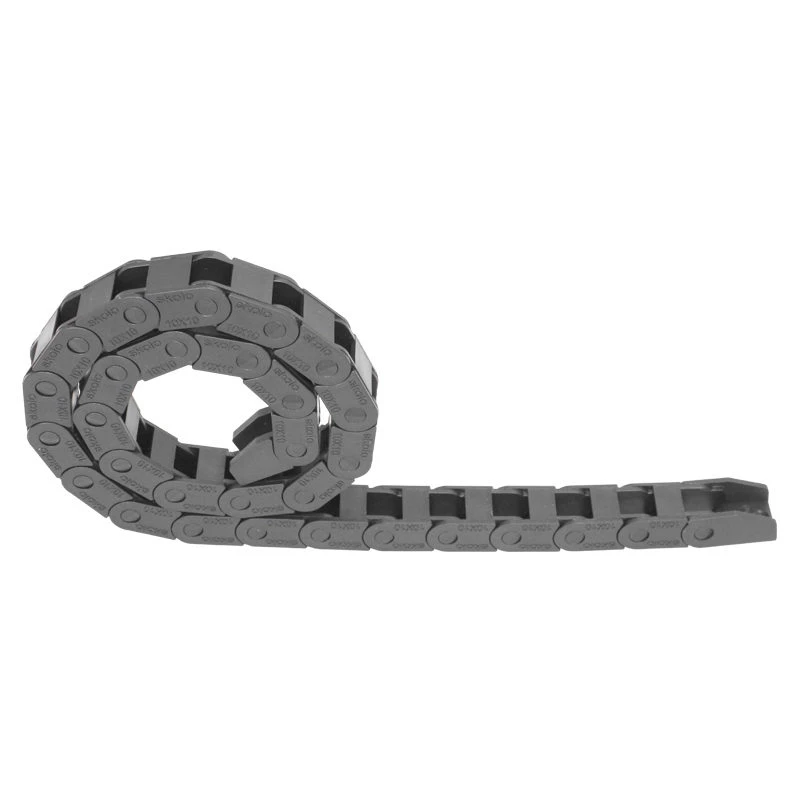cable and hose carrier systems
Cable and Hose Carrier Systems Essential Components for Modern Industry
In the modern industrial landscape, efficiency and organization are paramount. Among the key components that facilitate these attributes are cable and hose carrier systems, often referred to simply as cable carriers or “drag chains.” These systems play a critical role in managing and protecting cables and hoses in a variety of environments, particularly in automation, manufacturing, and robotics.
What are Cable and Hose Carrier Systems?
Cable and hose carrier systems, as the name suggests, are designed to streamline and safeguard the movement of cables and hoses in industrial machinery and equipment. These systems consist of a series of linked segments that create a flexible channel through which electrical wires, hydraulic hoses, pneumatic tubes, and other necessary conduits can move. The carriers guard against wear and tear caused by movement, reduce clutter in workspaces, and contribute to overall safety by preventing entanglement or damage to cables.
Types of Cable Carriers
There are several variations of cable and hose carrier systems tailored to meet specific industrial needs
1. Standard Drag Chains These are the most common type of cable carriers, featuring a simple design that allows for easy installation and maintenance. They are versatile and suitable for numerous applications, from CNC machines to conveyor systems.
2. Energy Chains This advanced form of cable carrier is engineered for high-performance environments where continuous operation and dynamic movement are required. Energy chains often include features such as integrated wear protection and noise reduction properties.
3. Low-Profile Carriers Designed for low-clearance applications, these carriers make it possible to maintain a compact design while still protecting and organizing cables effectively. They are ideal for environments with space constraints.
4. Specialized Carriers For unique or demanding applications, customized systems can be designed to accommodate specific cable types, movement patterns, or environmental factors, such as extreme temperature or exposure to chemicals.
cable and hose carrier systems

Advantages of Cable and Hose Carrier Systems
1. Protection One of the primary benefits of using cable carriers is their ability to protect cables and hoses from friction, abrasion, and environmental hazards. By enclosing and guiding these conduits, carriers help extend their lifespan and maintain operational integrity.
2. Organization In complex machinery or workspaces, cable and hose carriers provide an organized pathway for cables and hoses, reducing clutter and enhancing the overall aesthetic and functional layout. This organization not only improves efficiency but also simplifies maintenance and troubleshooting.
3. Flexibility Cable carriers are available in various sizes, shapes, and materials, allowing them to be customized for specific applications. This flexibility ensures that industries can find a suitable solution for specialized tasks without compromising on performance.
4. Safety By preventing tangling and potential damage to electrical components or hydraulic systems, cable carriers enhance workplace safety. This is particularly important in environments where personnel may be working in close proximity to machinery.
5. Reduced Downtime With organized cable management and reduced wear on components, industries can experience less downtime related to maintenance and repairs. This increase in operational efficiency can significantly enhance overall productivity.
Implementation in Various Industries
Cable and hose carrier systems are prevalent across various sectors, including automotive manufacturing, aerospace engineering, robotics, construction equipment, and more. For example, in automated warehouses, these carriers may be used to support robotic arms and conveyor belts, ensuring seamless operations without interruptions. In the automotive industry, they enable the movement of diverse systems, from electrical wiring to hydraulic hoses, contributing to the seamless assembly of vehicles.
Conclusion
As industries continue to evolve, the importance of effective cable and hose management becomes increasingly apparent. Cable and hose carrier systems represent a critical technology that not only enhances efficiency and organization but also promotes safety in complex operational environments. As manufacturers increasingly invest in automation and modern machinery, the demand for innovative and reliable cable management solutions will continue to grow, making cable and hose carriers indispensable in the industrial toolkit.








